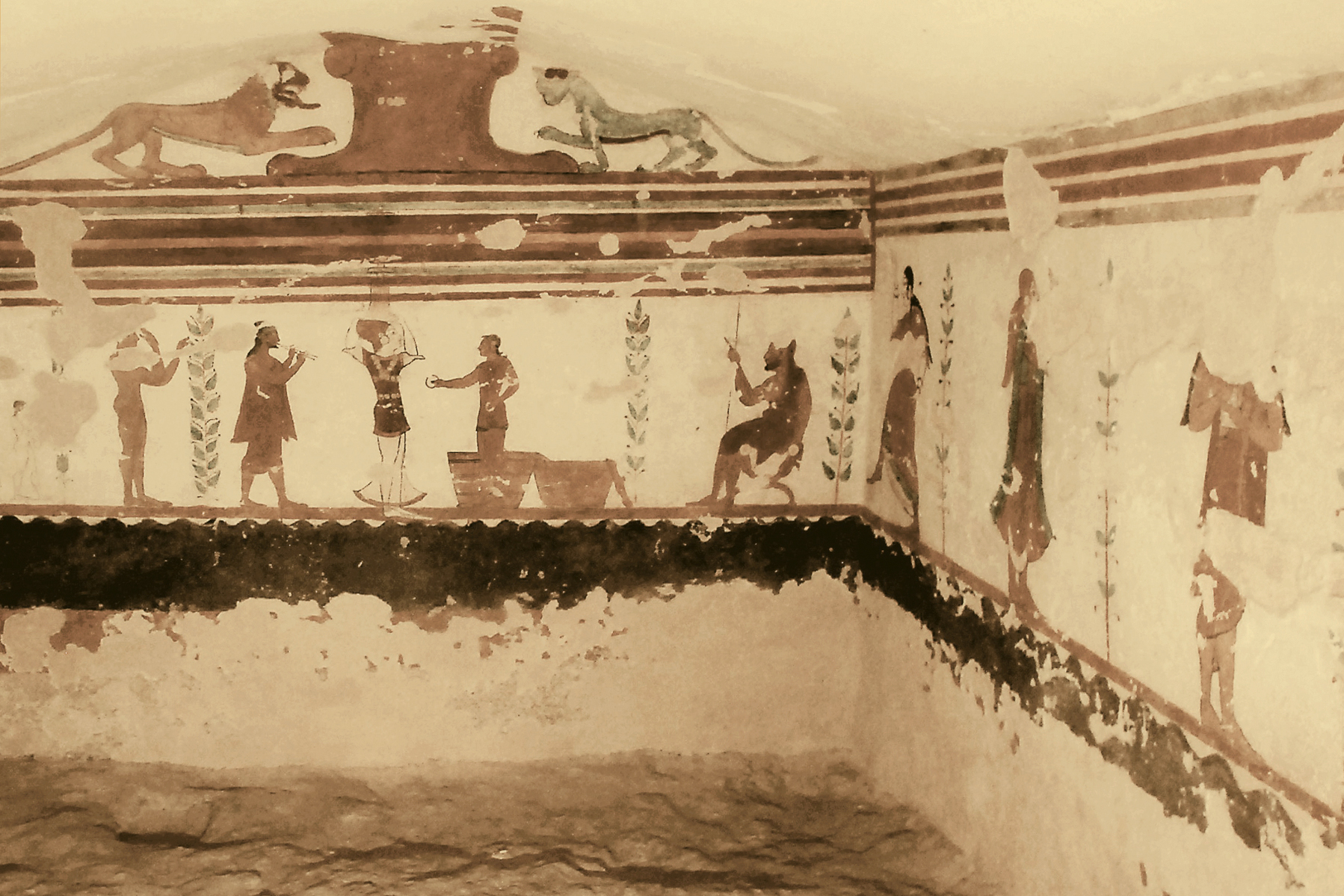THE ETRUSCAN SPIRIT (BOOK IN PROGRESS)
The Etruscan Spirit (Working Title)
Text & photos: René van Bakel
Languages: English – German – Italian
256 pages 24/30 cm including slipcase
Opulent coffee table book with text (app. 40.000 characters)
CONTENTS
Already since the early years of this millennium, photographer and book author René van Bakel has put himself on the trail of the history of La Dolce Vita and traced it back, all the way to the Etruscans. Moreover, van Bakel compares how much of their ancient culture, in other words, the Etruscan spirit, has survived, and still shapes everyday life now in central Italy and far beyond. Through extensive research, numerous stays and meetings, van Bakel has researched the background of the area that was once ruled or influenced by the Etruscans.
During the height of their culture (7th and 6th century BC) the Etruscan area stretched from the Po valley and the Adriatic Sea on the east coast, all the way down along the western side of the boot shaped peninsula, to Pompeii, Salerno and Positano on the Amalfi Coast. Current Tuscany formed the biggest part, and the core of the Etruscan influence. In the east their territory was more or less bordered by the Apenine mountain range. At sea the Etruscan rule and infuence on sea was ranging from La Spezia in the north to Amalfi in the south, and as far west as the eastern Coast of Corsica.
The Rasenna or Rasna as they called themselves, have chosen their territory well. Occupying the most fertile lands. On top of that, they had secure access to a number of other natural resources like iron, bronze, and the soil that formed the basis of both their ceramic art and utensils. The Etruscans already created atrium houses featuring terracotta roofs (Vetulonia) and even fortresses with a recognizable patio structure (Murlo) as far back as the 7th century BC, when Rome was still a village. On top of that they controlled a number of important harbors, and they were great horsemen, allowing them to export their goods like wine and olive oil internationally throughout Europe and the northern part of the mediterranean Sea.

The fertile soil, the abundance of natural resources and them being great seafarers, enabled the Etruscans an abundant lifestyle, including rich banquets and parties, complete with artists, dancers and musicians. A lifestyle that was not present on such a large scale before this era. This has led René van Bakel to conclude that the origin of La Dolce Vita is clearly linked to the rise of the Etruscans.
For this project, van Bakel has, and still is conducting numerous interviews, creating as many portraits in the process. To check the historical facts he met with archeologists and scientists. In the same manner he has been following up on the typical Etruscan trades and the origin of La Dolce Vita, visiting wine- and olive growers, artisans, artists, architects, musicians fashionados, top chefs and famous personalities from the territory, whose trades can still be traced back to the Etruscans. Relating the story of what most probably was the origin of “La Dolce Vita”, The author and photographer spans the arc of a historical past into the present.
Why La Dolce Vita?
The author has spent years in the military and as a war correspondent in many of the evil war zones in various parts of the world. There he experienced how people can destroy each other and everything around them. It was a lot more than he could stomach, so he decided to quit his job.
From then onwards, van Bakel started to search for the opposite: people living together in peace, enjoying life and creating instead of destroying.
A famous quote of Charlie Chaplin comes to mind:
“You need Power only if you want to do something harmful. Otherwise Love is enough to get everything done.”
Through this project René hopes to inspire people to live in peace, to create and to enjoy life, rather than to make war.
It also enables himto relate another story to his children:
A story of love, hope and creation instead of fear, hate and destruction.
This story is a great multi-layered Odyssee, leading along many different trades and people in an extraordinary diverse and beautiful country. The protagonists all have one thing in common: they had a dream and this dream they followed with passion. Step by step working towards their goal but at the same time enjoying life together with their friends and family as if it was their last day. Exchanging themselves, thus enabling them to reflect and adjust. As Perfection does not grow in one day, and it does not emerge from burnout either.
This story shows that La Dolce Vita enables extraordinary beauty and great opportunities to arise. And this already since the days of the Etruscans, thousands of years ago. Let’s keep repeating this side of history. But let’s do this in a sustainable way!
STRUCTURE (draft)
- Preface
- Introduction including historical depiction of the Villanovan/Etruscan people, including new musings about their origin, based upon the latest facts and insights, and an expalanation as to why this is important for the history of La Dolce Vita.
- Examples of Etruscan lifestyle related to La Doce Vita and comparing these to their equivalent in our present day – Featuring portraits and interviews at the various museums in the Etruscan territories, as well as of local inhabitants and famous personalities, whose work can still be traced back to the Etruscans – pictured in detail in the following chapters:
- Italian Cuisine
- Wine- and Olive-oil growing
- Art, Artisanry and Culture
- Architecture
- Iron, bronze, ceramics and gold
- shipbuilding, fishing and seafaring
- Music
- Fashion
- Theatre and games
- Language
- Spiritual life
- Etruscan achievements that withstood the ravages of time
- Interviews with archeologists and scientists
- Conclusive thoughts, and a personal view as to their possible origin, and that of La Dolce Vita.

